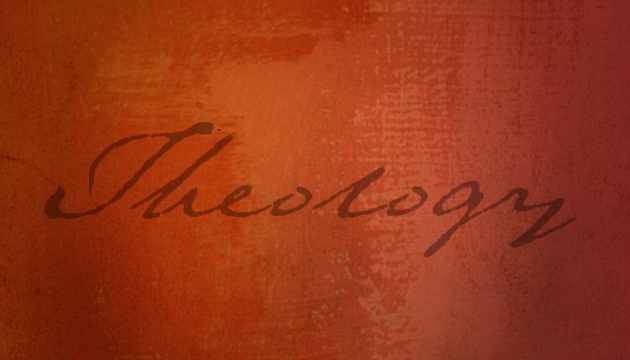Poetry is fundamental to the nature of man as a creature
The representation of the transcendent realm of God within the immanent world of man is accomplished by means of metaphor, the most fundamental figure of speech. When the Bible describes God as a Father, or a Good Shepherd, or a Dove, it speaks metaphorically. When we hear about the windows of heaven opening up to pour out the flood of Noah, we must think imaginatively. When Jesus tells us that in His Father’s house are many dwelling places, He is prompting us to think logically. But when Scripture speaks of heaven as the New Jerusalem, with foundations of jewels and gates of pearl, we are taught to think analogically. Theology and poetry, it seems, are bound up together in the Bible.
Poetry is fundamental to the nature of man as a creature. In the beginning God created man in His image and likeness. It is thus through poetic resemblance that Adam was to understand his relationship to God. He was a creature made in the image of God. He was like God, but He was not God. Poetry requires the ability to distinguish the reality from its image in a proper sense. It is the rational capability to see similarities in difference. It thus requires both logical and analogical capacities. Moreover, it requires not merely mental capacity but also moral imagination. Understood in these terms the first temptation of man by the serpent in the garden was an invitation to believe a false poetry. “You will be like God,” claimed the enemy, craftily collapsing the metaphoric distance between the Creator and the creature altogether through a simile not of comparison but of identity. The original sin of man is thus the choice which refuses to distinguish between reality and image. From the very beginning, therefore, we are instructed that a robust poetic imagination is required to understand correctly both the Creator and man’s proper place in His creation.
The metaphoric depiction of the divine, that is, the “image” by which we envision God, has informed critical flexion points throughout Christian theological history. In the first century Judaism broke with Christianity over the issue of God taking to Himself the image of a man in Christ Jesus, specifically, the image of Christ’s body as “living Bread” and His blood as “true drink” (John 6:51, 55). The Jews misunderstood their Messiah, saying, “How can this man give us His flesh to eat?” (John 6:52). In the fourth century the Christological controversy of Nicaea turned upon the issue of the “likeness” between the Father and the Son, an issue of identity (homoousias) or similarity (homoiousias) that nearly divided the empire and bifurcated the church into East and West. The sixteenth century conflict over Christ’s claim concerning the bread, “This is My body” (Matt 26:26), raised a question of metaphoric likeness or identity which trifurcated Western Christianity over the nature of the eucharist. Europe first defected from its Christian heritage (both Anselmic Catholic and Reformed) after L. Feuerbach’s nineteenth century theory that all theological understanding of God is merely the projection of the images of man upon the divine.
Clearly poetry, insofar as it requires a metaphoric or analogical imagination regarding the divine, deserves a careful as well as a prayerful study. But as yet there has not emerged in Protestantism a consensus regarding the cruciality of the relationship of poetry to theology. Indeed the opposite appears to be the case.
